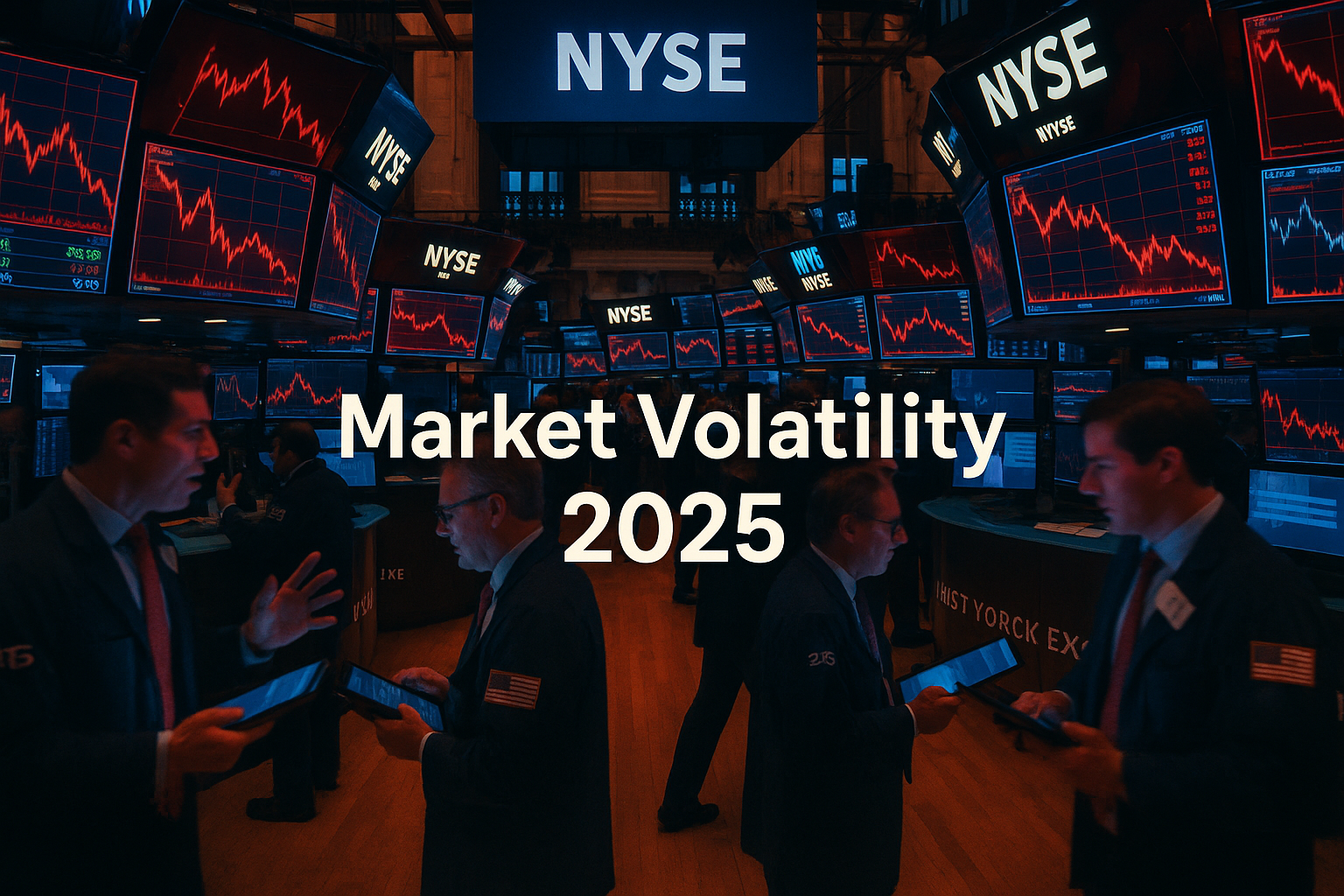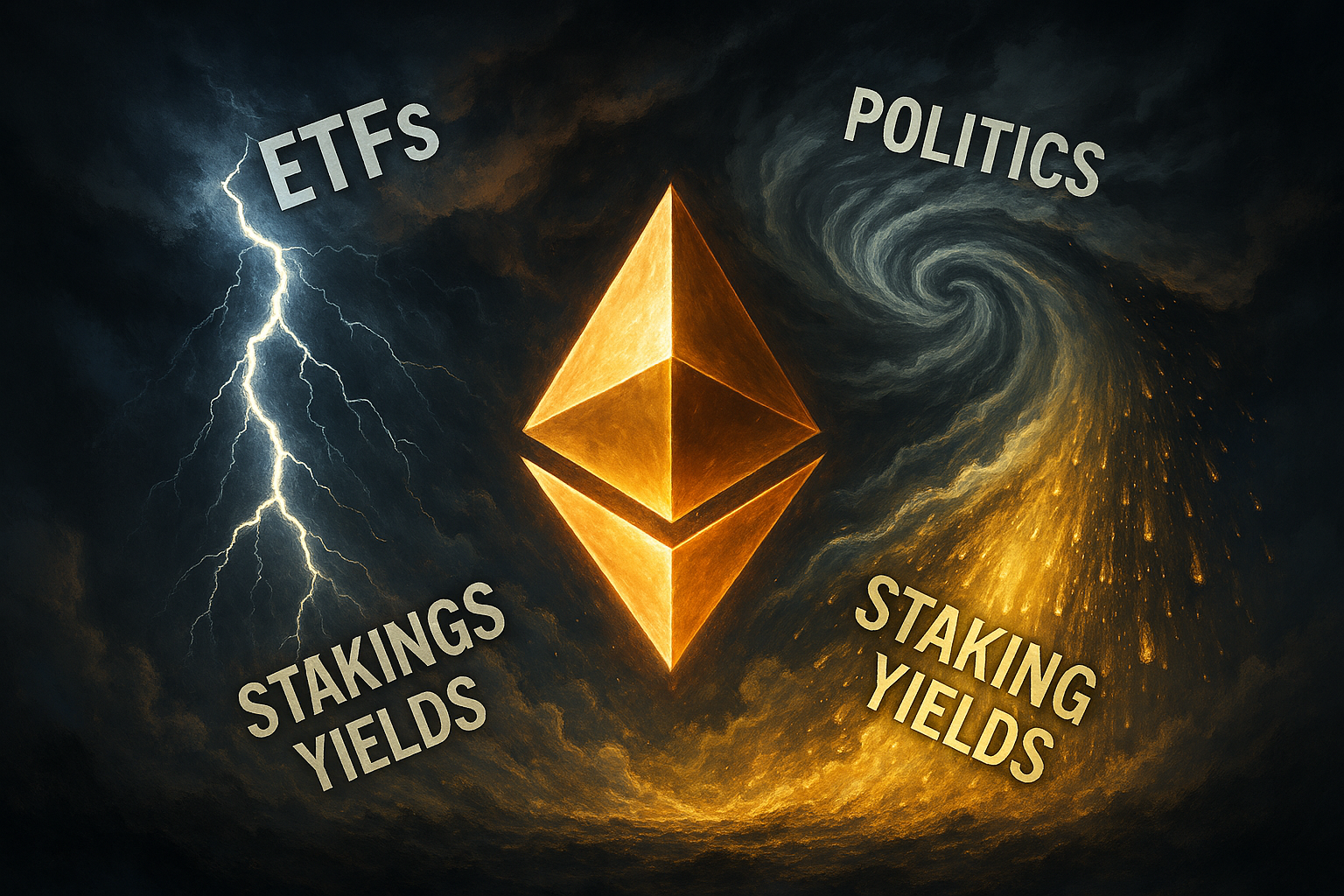Trend-Following Hedge Funds 2025: Struggling Amid Market Volatility

In a year of wild market swings, trend-following hedge funds, designed to thrive in turbulent times, are facing rare setbacks, per The Wall Street Journal. The trend-following hedge funds 2025 struggles stem from unpredictable volatility driven by U.S. trade policies, challenging their algorithmic models. As investors reassess these funds, what’s behind their losses, and how can markets adapt?
The Challenge: Volatility Overwhelms Algorithms
Trend-following hedge funds, or CTAs, rely on algorithms to capitalize on market trends:
- 2025 Performance: Systematic funds like Systematica (-18.5%), Transtrend (-16.3%), and Aspect Capital (-15%) are down 11% year-to-date through May, per Hedgeweek. This contrasts with their 2022 gains of 40%+, per Reuters.
- Market Context: Trump’s tariff announcements, including a 10% global import tariff and 125% on China, triggered a 9.5% S&P 500 surge in April, followed by a 3.5% drop, per PBS News. These reversals disrupted trend-following models, per The Wall Street Journal.
- Industry Voice: Man Group noted conditions are the toughest in decades, with volatility from trade wars and Treasury yield spikes (4.5% peak in April), per IFR.
Critical Perspective: Gaps in the Narrative
The establishment narrative, per The Wall Street Journal and Reuters, attributes losses to tariff-driven volatility but overlooks deeper issues:
- Algorithm Limitations: Models struggle with rapid trend reversals, as markets flipped from tariff fears to relief, per Bloomberg. Only 30% of CTAs adapt to such shifts, per Hedgeweek.
- Sector Exposure: Losses stem from consumer discretionary shorts and healthcare bets, unaddressed in the narrative, per Reuters. Systematic funds saw a 0.68% June decline, per Goldman Sachs.
- Investor Impact: The narrative downplays risks for retail investors, with 60% of CTA assets from institutions unaware of volatility exposure, per BarclayHedge.
- Policy Oversimplification: Trump’s tariff pauses are framed as market stabilizers, yet ongoing U.S.-China trade tensions could sustain volatility, per Reuters.
This focus on external shocks ignores model and transparency shortcomings.
Implications for Investors
The downturn affects markets and portfolios:
- Fund Performance: While equity hedge funds gained 6.75% in 2025, CTAs lag, with the SG CTA Index down 11%, per Hedgeweek. Investors may shift to macro funds, up 4.7% in August, per Wealthbriefing.
- Market Dynamics: Tariff-driven volatility, with CBOE VIX spiking in April, challenges quant strategies, per Reuters. Treasury sales by hedge funds to cover losses raised yields, impacting mortgages, per PBS News.
- Industry Trends: Demand grows for low-net funds and reinsurance strategies, up 15% in 2024, per CAIA, as investors seek stability.
Recommendations for Engagement
- Investors: Monitor funds via hedgeweek.com and discuss strategies on X at @Hedgeweek.
- Funds: Launch a financial literacy platform to explain quant strategies, inspired by 2024 ETF education campaigns, per CNBC.
- Regulators: Enhance CTA risk disclosures, as only 40% of funds detail volatility exposure, per AlphaSense.
Conclusion
The trend-following hedge funds 2025 struggles highlight the limits of quant models in unpredictable markets. Transparency and education can rebuild trust. Share your thoughts on hedge fund strategies below.









